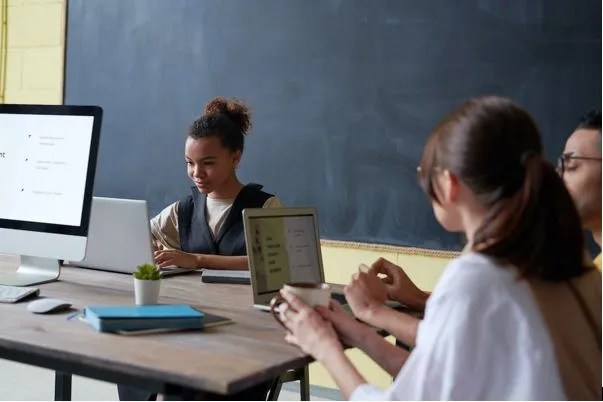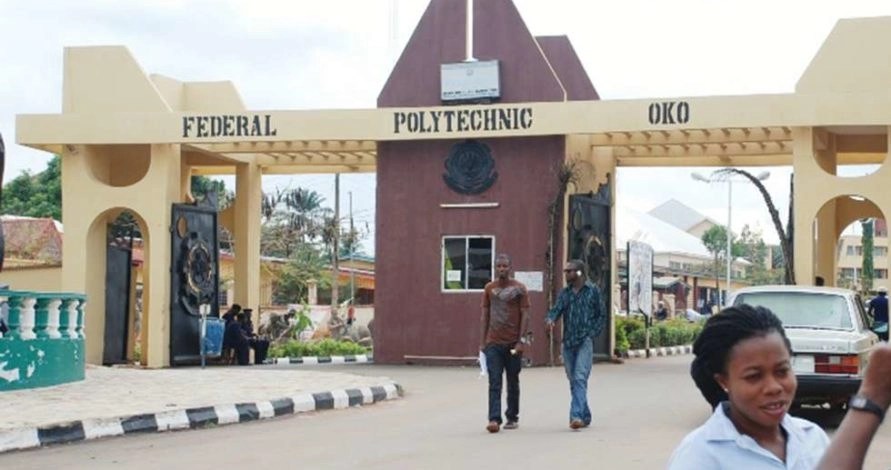
Blockchain technology is often thought about in the context of cryptocurrency, NFTs, Defi, and Dapps, but this secure decentralized ledger infrastructure can be applied to many different areas. In the education system, blockchain is being used to overhaul traditional textbooks and bulky computers, which is a much-needed breath of fresh air.
https://www.pexels.com/photo/people-inside-room-3184468/
What is Blockchain Technology?
Before we delve into specific examples of blockchain in education, you need to understand what blockchain technology is. Simply put, a blockchain is a series of computers that share a ledger (a series of transactions/changes). Whenever a change is made on a blockchain, it’s validated using cryptology and is added to the ledger. These changes are visible across the entire blockchain, which means nobody can change or delete an entry.
Personalized Learning
Traditional education systems often make the provision of personalized learning difficult, but that’s all been changed thanks to blockchain technology. For example, Disciplina uses blockchain to keep an accurate register of qualifications and achievements for universities. By using a decentralized algorithm, this tool allocates individuals a score based on their previous achievements. Any university can access this score to find unique learning opportunities and create plans for personalized education.
In a more mainstream spotlight, Sony teamed up with IBM back in 2015 to begin development on the Sony Global Education system. This blockchain-based tool allows academic establishments to add grades and other relevant information about their students. The idea is that as a student moves between schools or educational levels, institutions can access a database of accurately imputed data.
One of the hurdles facing blockchain is adoption. However, with Sony and other mainstream players using it already, there’s a solid argument that it will be overcome in the near future.
Crypto-Incentivized Learning
Even though we’re discussing educational uses of blockchain technology, it’s still important to note that cryptocurrencies play an important role. In particular, crypto can be used to incentivize people to learn. For example, exchanges like Coinbase and Binance provide a series of educational resources where completion is rewarded with certain coins. Elsewhere, platforms including BitDegree use crypto incentives to attract students to learn about blockchain technology, which will help strengthen the entire blockchain industry by providing qualified workers.
Credential Storage Systems
When people are searching for work, they often have to show evidence of credentials, which can be difficult for prospective employees to verify because of potential forgery. Blockchain has a solution to this as well, with the introduction of Blockcerts in 2016. This system is a collaboration between MIT Media Lab and Hyland, and it allows for the secure creation, issuing, and verification of certificates.
When documents are secured securely on a blockchain, employers can assess relevant information without having to worry about false data. Everything from diplomas, transcripts, and grades can be stored in Blockcerts.
Elsewhere in the credential storage space, you’ll find APPII, which pulls together machine learning, smart contracts, and blockchain to verify prospective professor and student backgrounds. All users need to do is create an account and input their CV, transcripts, and educational history. Then, through the power of blockchain, APPII verifies the information and locks it into their profile.
Learning and Development
The development of blockchain technologies is important for its survival, which is what the Blockchain Learning Network (BEN) clearly understands. This decentralized network, which was created by MIT and Michigan University students, brings together thousands of professionals invested in blockchain and crypto. It’s a secure space for people to share breaking news, innovative ideas, and prototypes. As well as the useful resources, BEN is completely free to sign up and is as simple as inputting an email address.
Just as NFTs are sold through decentralized marketplaces, educational courses can be as well, which brings us to ODEM. This platform united professionals, students, and educators and introduces them to suitable courses. With the power of smart contracts, students and educators can agree on educational material that will enhance their careers. Once the contracts are locked in, ODEM keeps track of learning taking place between professor and student – the more learning that happens, the higher reputation the course gains in the marketplace.
Copyright and Publishing
When students reach degree, master’s, and doctorate levels of education, many focus on having their works published. However, so many publication proposals get rejected – even those of recognized professionals with Novel Prizes and other accolades – which impacts their confidence and ego. This issue can be circumvented by blockchain-powered platforms that eliminate the middleman. For example, Libraro has raised an impressive $2 million to create a decentralized publishing platform.
Blockchain technology is already being leveraged by the education system in many different areas. However, blockchain technology is still in its infancy, meaning there’s plenty of room for future development in this space. Although there are a lot of hurdles, blockchain technology has the potential to become an industry standard in education.




